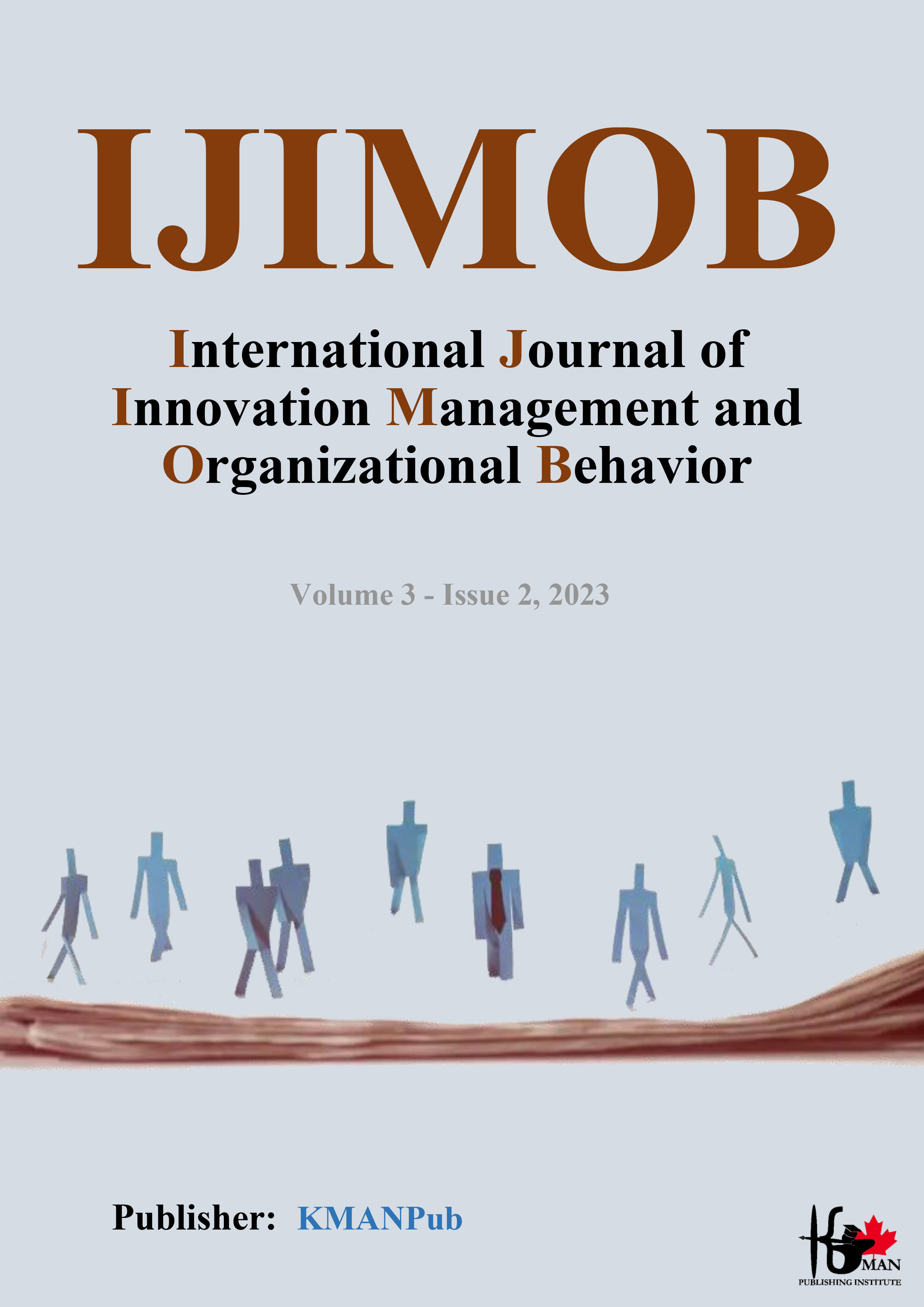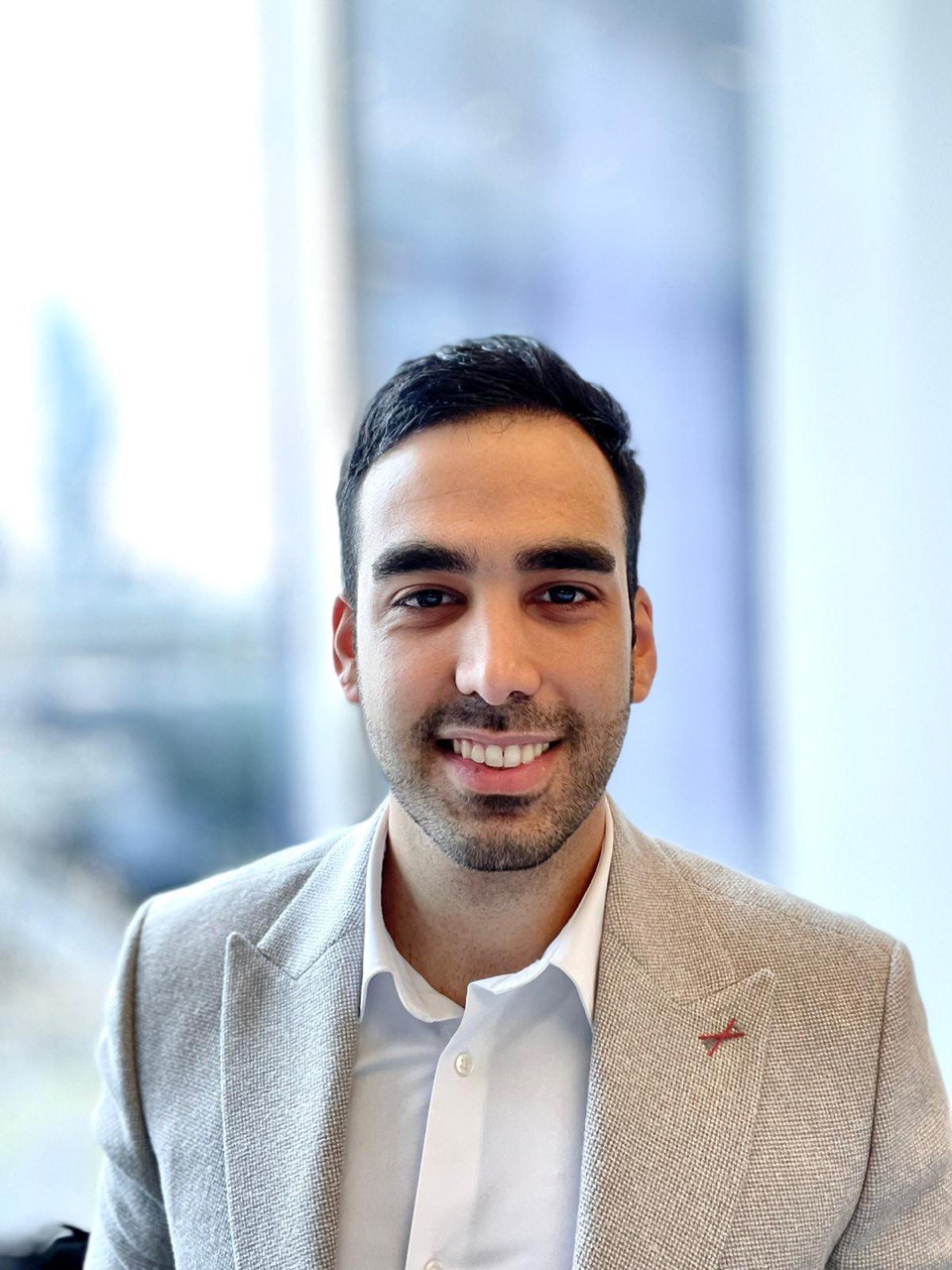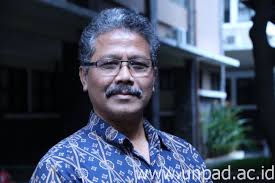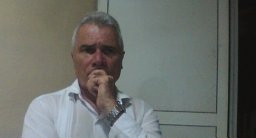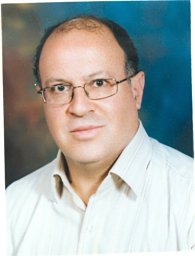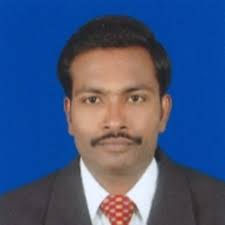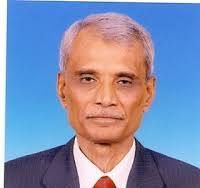Prioritizing Optimal Strategies for Smart Tourism with the Agency of Social Media and Explaining the Model
Abstract
Objective: In today's world, the tourism industry has extensive impacts on economic, social, and cultural fields, and the development of this industry can serve as a driving force for other industries. The vast country of Iran, with its climatic, cultural, and historical conditions, is one of the best countries in the world for implementing the smart tourism industry. Therefore, it is necessary to continuously identify the changing needs of customers (tourists) and pay attention to the essential aspects, namely satisfaction, security, and the pleasure of travel. However, in our country, not only has useful research on optimal smart tourism strategies not been conducted, but the agency of social media has also not been considered. The primary aim of the present research is to explain and prioritize optimal smart tourism strategies with the agency of social media, presenting a practical model.
Methodology: For this purpose, questionnaires were distributed among individuals working and active in governmental and non-governmental organizations in Hamedan, and were analyzed and prioritized using the "Hierarchical Analysis" technique.
Findings: The results of this research have identified three categories of strategies for optimal smart tourism with the agency of social media, including strategies based on social media, strategies based on revenue generation, and strategies based on responding to tourist needs, each category comprising several components.
Conclusions: It is recommended that tourism packages be dynamic with the ability to change packages instantly. Offering such services is only feasible through software or tourism apps. This factor significantly impacts increasing tourism.
Downloads
Downloads
Additional Files
Published
Issue
Section
License
Copyright (c) 2023 Nusratollah Taghati Ahsan, Ali Akbar Farhangi, Mohammad Soltani Far, Abbas Abbaspour, Seyyed Abdullah Sajjady jaghargh (Author)

This work is licensed under a Creative Commons Attribution-NonCommercial 4.0 International License.

